THIS interactive map reveals the areas that could be at risk of going into the highest tier of lockdown from next week.
Prime Minister Boris Johnson last night begged Brits to come together once more to banish the coronavirus.
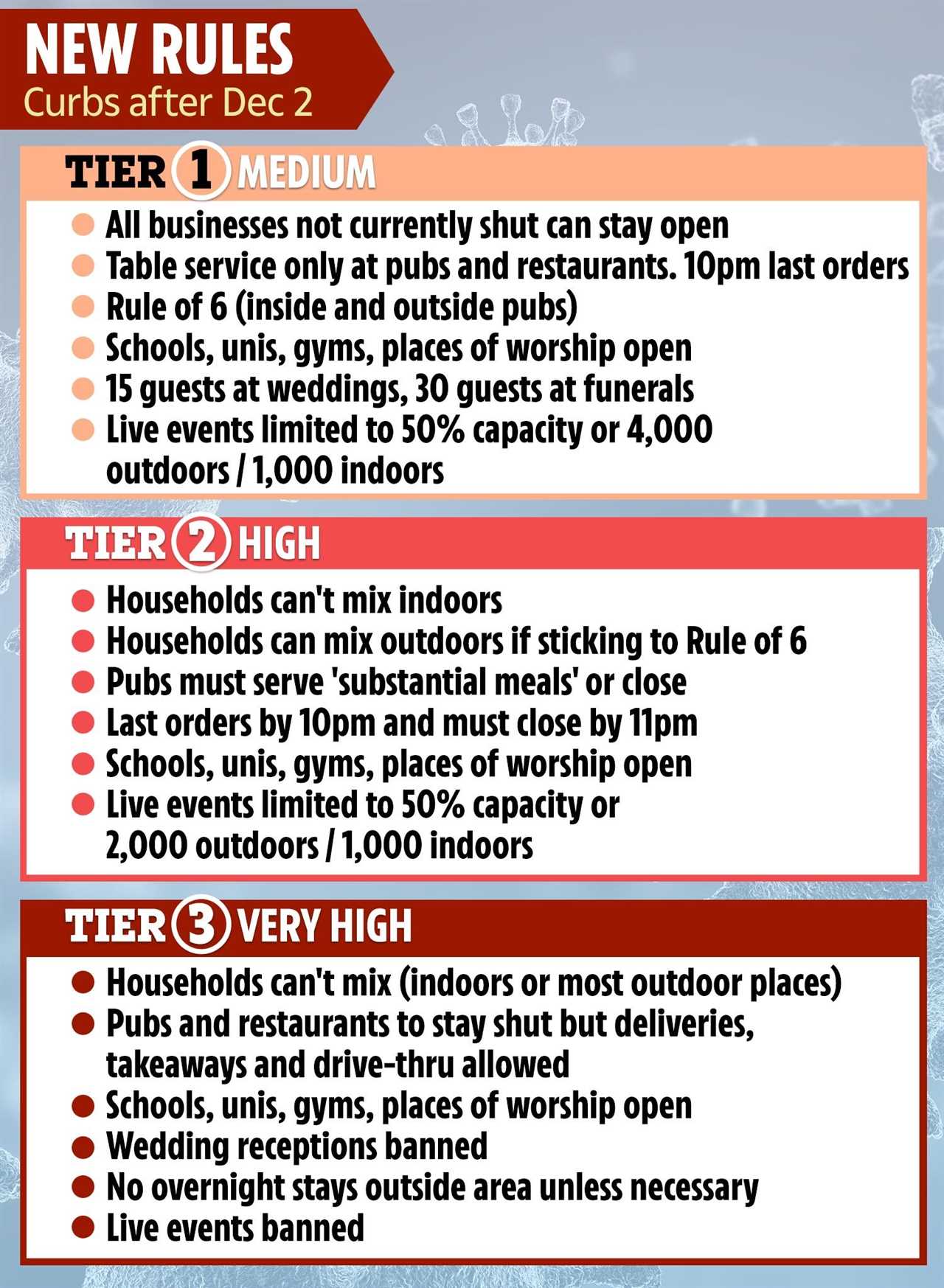
Mr Johnson set out the Government’s tough Winter Plan, warning that Christmas time was “the season to be jolly careful” and that local lockdown tiers will last until at least March.
The latest infections data for England shows 249 out of 315 local authority areas have seen a fall in cases in the last seven days up to November 19.
Areas such as Hull in Yorkshire, Swale in Kent, East Lindsey in Lincolnshire and Hartlepool in the North East are all expected to enter Tier 3 as they have the highest rates of infection in the country, PHE data shows.
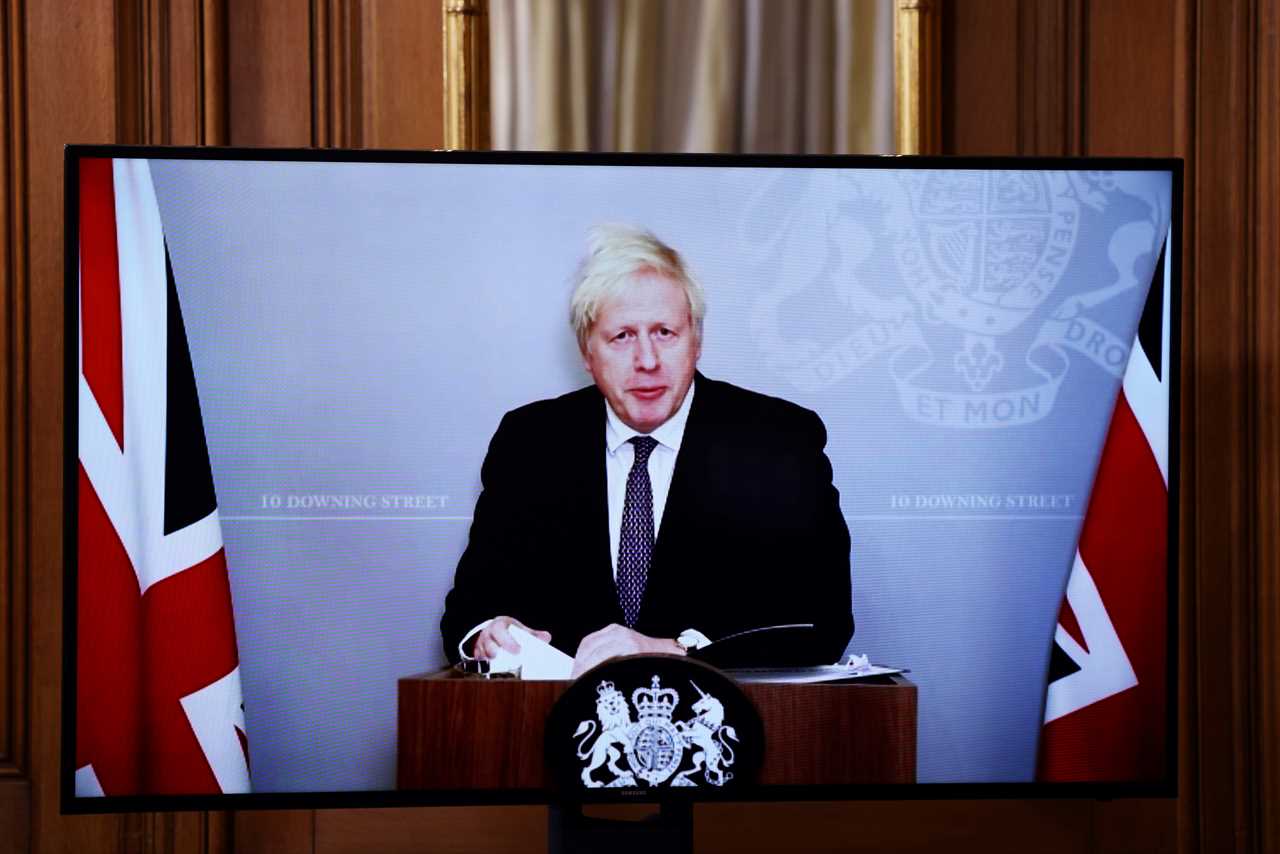
Last night Mr Johnson urged Brits to come together to fight Covid-19
Our interactive map reveals the the areas with highest infection rates in dark red, while the lighter the colour, the lower the number of cases per 100,000 of the population.
Transport secretary Grant Shapps this morning said that although half the country may be placed in the strictest Tier 3 alert level, this will still allow for more freedoms than the national lockdown currently in place for England.
Tier 3 is expected to include a ban on households mixing indoors or out until a break over Christmas, pubs and restaurants only allowed to offer click and collect services and weddings still banned.
In a change from the previous tiered system, it’s expected gyms will be allowed to open in Tier 3.
The Government is expected to announce families will be able to meet up in “festive bubbles” for five days over Christmas in an early prezzie from the PM.
Shoppers should also be able to buy gifts and goodies in the high street next month.
While most people will be able to gear up for Christmas, some will be forced to adhere to strict restrictions due to a growing number of coronavirus cases.
On Thursday, the government is set to reveal what tiers each local authority will be in.
Prime Minister Boris Johnson yesterday afternoon confirmed that this would be announced on Thursday during a session in the House of Commons – which he attended virtually.
He said that the tiers would be decided by on five key indicators:
- case detection rates in all age groups
- case detection rates in the over 60s
- the rate infections are rising or falling
- the positivity rate – or number of positive Covid cases as a percentage of tests carried out
- pressure on the NHS, including current and projected bed occupancy.
‘End in tiers’
Just last week it was revealed that several local authorities were looking to enter into tough restrictions once lockdown is lifted.
Mr Shapps added: “I think it is the case that we do need to be a bit tighter on the tiers – Tier 3 in more places is a strong possibility – but there’s still a difference between that and what we’re doing now.
“For example, in terms of the number of people that can meet outside in a public place, and a number of other things.
“We’ve been living through this nightmare for a long time now, we all know the only way to defeat this virus is, I’m afraid, to keep people apart and separate from the most natural thing, which is human contact.”
Most of the country is expected to return to the most stringent Tier 3 or high risk Tier 2.
Tier 2 will be “beefed up” and it is understood that pubs will only be allowed to serve booze alongside a “substantial meal” and punters will only be able to dine indoors with people they live with.
Pubs in Tier 3 will only be allowed to operate on a click and collect basis with no seating inside.
Data from the government’s coronavirus dashboard which calculates PHE data shows that Swale in Kent has 565.0 cases of the virus per 100,000 people.
Regional divide
Areas in the South of England had previously been in Tier 1 restrictions as cases remained low – but recent data shows that while Swale isn’t at the top of the list, it isn’t far behind from rates seen in northern parts of the country.
Hull continues to have the highest rate in England, 1,477 new cases recorded in the seven days to November 19 – the equivalent of 568.6 cases per 100,000 people.
Thanet is in third place with 508 cases per 100,000 people.
The areas with the biggest week-on-week jump in rates are Medway (up from 283.6 to 396.3, with 1,104 new cases); Gravesham (up from 280.5 to 388.1, with 415 new cases); and Hyndburn (up from 386.2 to 467.7, with 379 new cases).
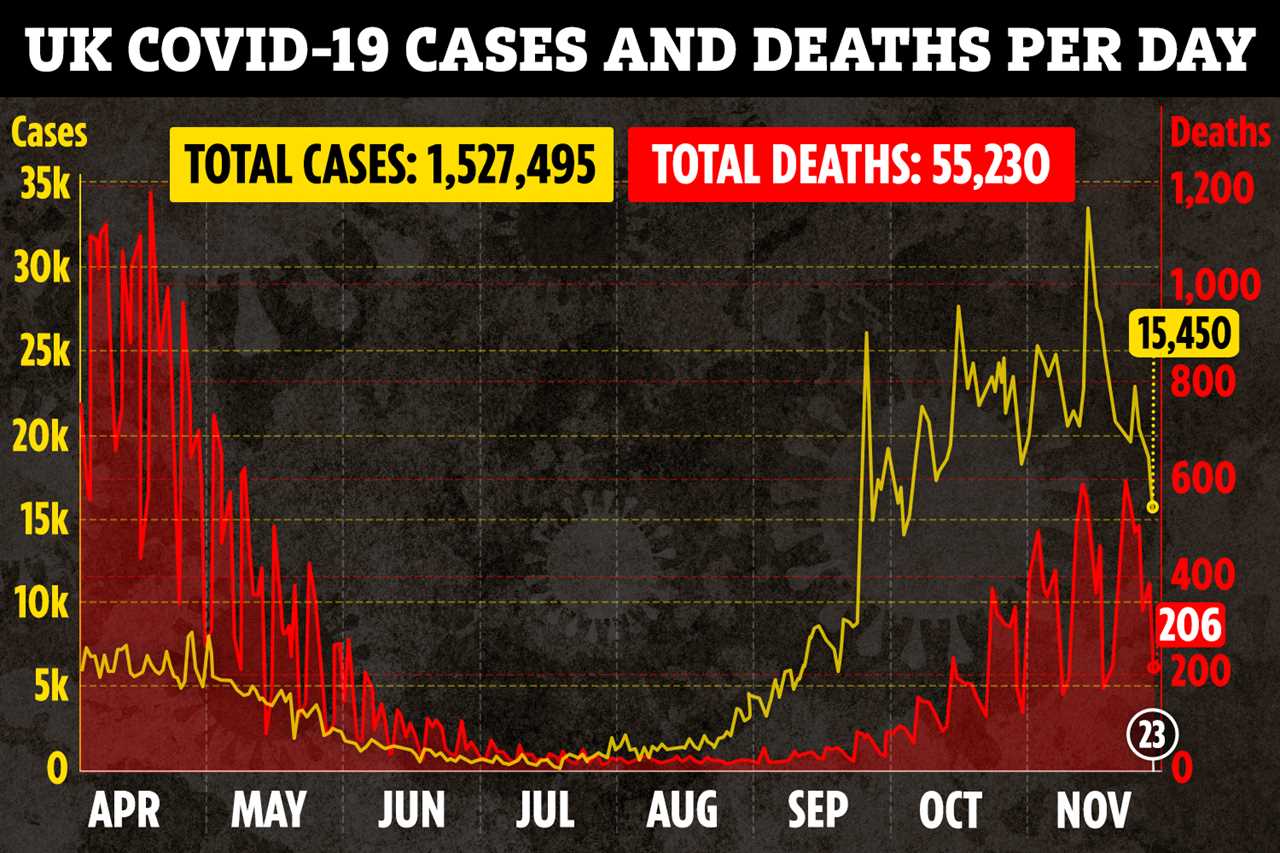
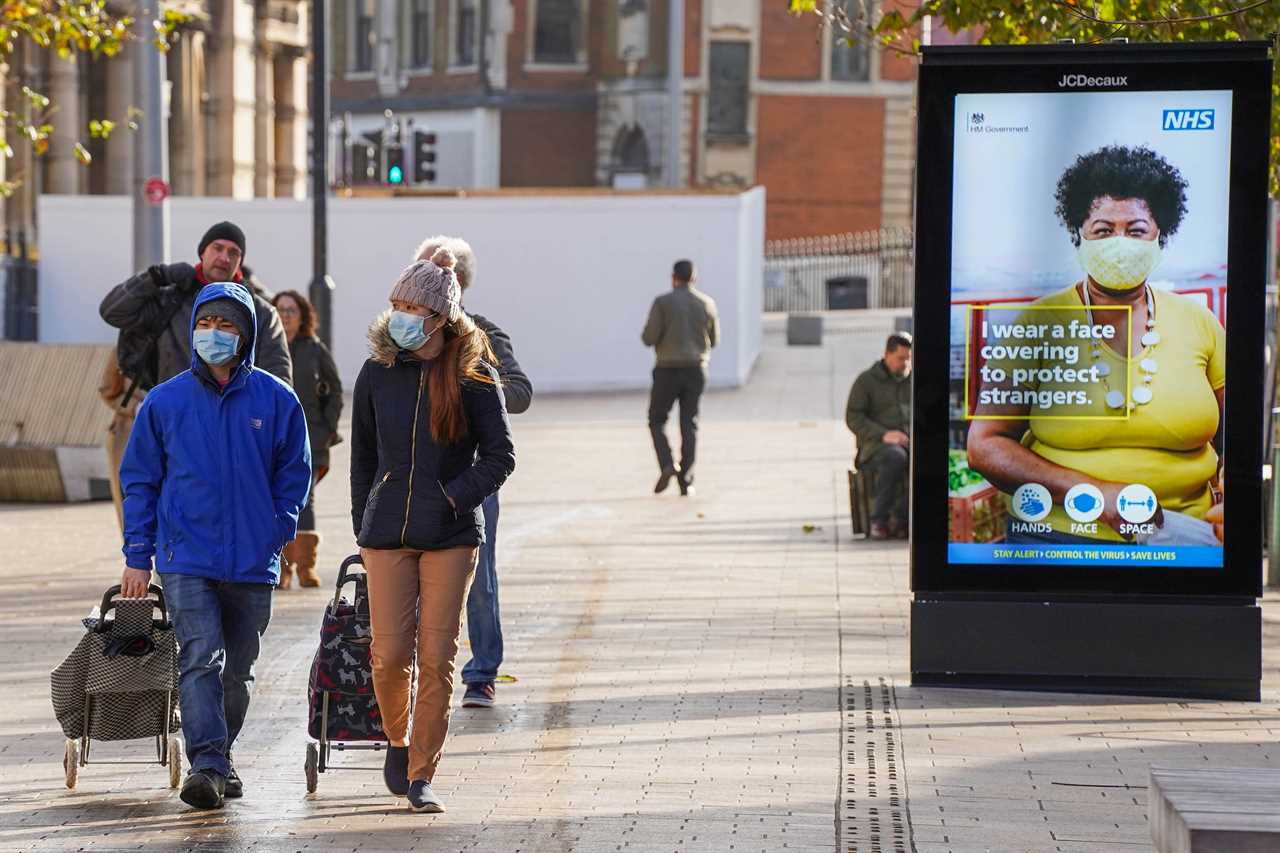
Hull has the highest rates of infection in England
The North of England had previously been home to the majority of coronavirus infections and experts had previously warned that the virus “wasn’t just an issue in the North”.
On Friday estimates from Sage suggested that the North West of England currently has a R rate between 0.8 and 1.
Figures published by the Office for National Statistics (ONS) on Friday revealed that cases are decreasing in the North West.
The ONS stated that there are “substantial difference” in regional rates.
The official numbers body said: “Over the last week, infection rates have continued to increase in London, the East of England and the South East, however rates now appear to be decreasing in the North West and the East Midlands.
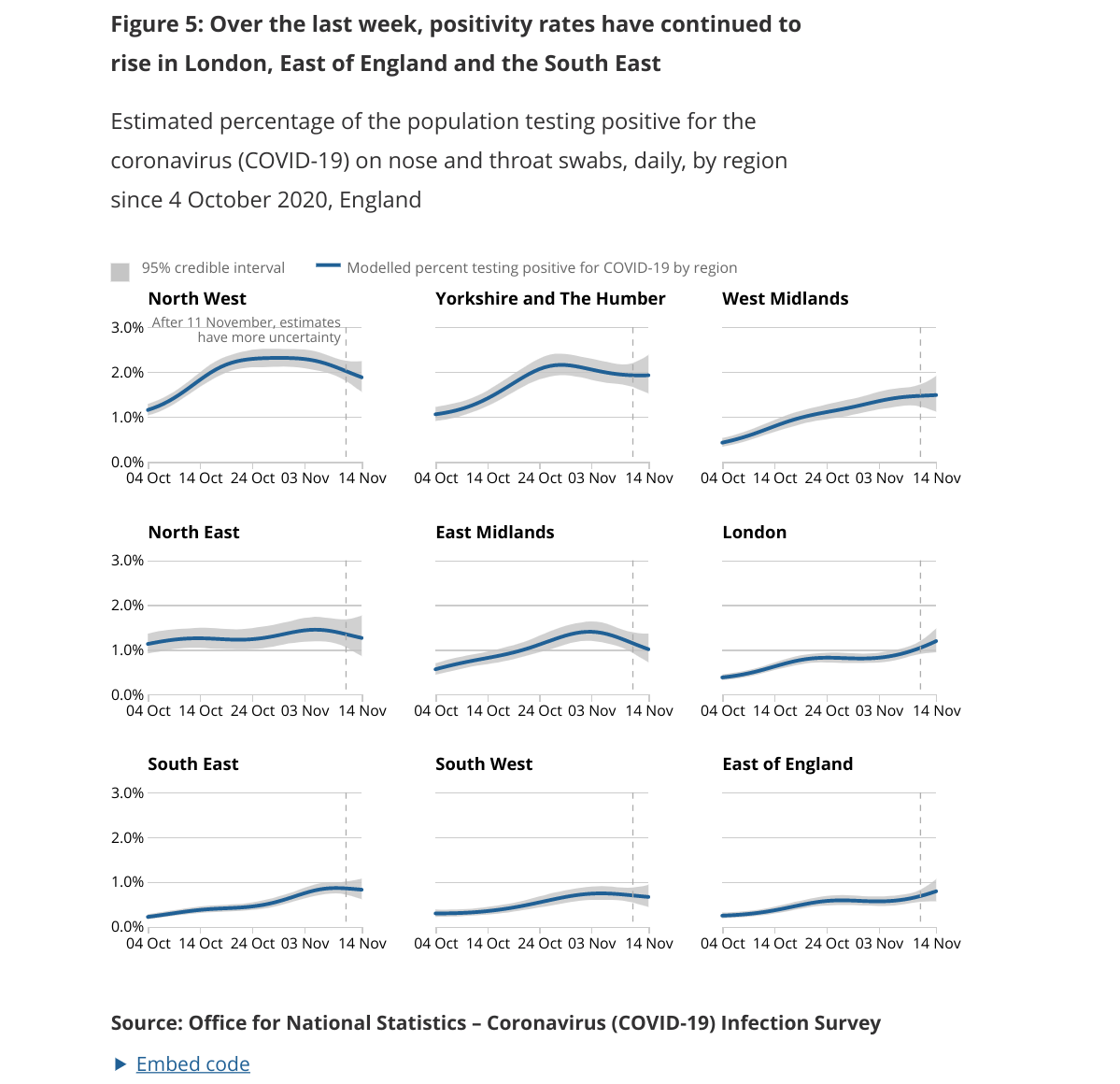 Data from the ONS revealed that cases are levelling off in some regions in England
Data from the ONS revealed that cases are levelling off in some regions in England
“The highest Covid-19 infection rates remain in the North West and Yorkshire and the Humber.”
Areas in the South are now also seeing an increase in cases.
Official data also states that regionally – many parts of the North have seen a decline in cases.
Covid hotspots
Previous hotspots such as Leicester could once again find itself in the toughest restrictions with 428.0 cases per 100,000, while Blackburn with Darwen also facing tough restrictions with 387.5 cases per 100,000.
Boris Johnson will announce which tiers will apply in different parts of the country on Thursday, November 26.
At the start of the pandemic, London had high cases numbers and cases have been rising since early November.
The capital had previously faced tier 2 restrictions before the second national lockdown.
While cases in London have continued to rise since early November, there have been signs the national lockdown is helping cases to flatline across the country.
London Mayor Sadiq Khan urged Londoners to keep sticking to restrictions to help combat the virus.
He said: “Now more than ever it’s vital that we continue to follow the rules because we still have some very difficult months ahead in our fight against the virus.
“But I’m pleased to say that the end is finally coming into sight.
“We can see the light at the end of the tunnel because, with the positive news about the vaccines filtering through, and the incredible work of our scientists, we can afford to be hopeful and optimistic about the future and start to plan for life after the virus.”











